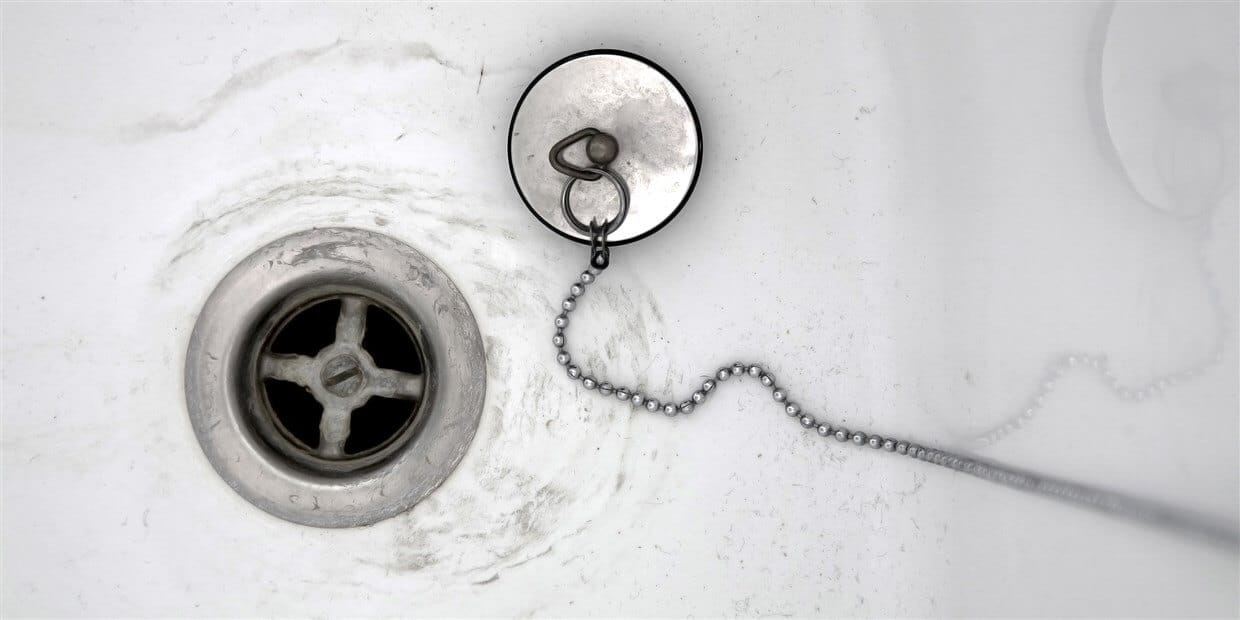Unclogging Drains in Your Bathroom
Choked Drain Pipes Leaving You Breathless?
Arrgh, my drain is backed up in my toilet again! So what are some easy home remedies for opening clogged drains in your bathroom? Well, the quickest and easiest thing to do is grab your typical plunger. The process is pretty straightforward, you know the drill. What you don’t want to do however, is to vigorously plunge up and down like a jack hammer.
The most effective way to clear your drain is to cover the drain opening completely with the bell-shaped head of the plunger and push down firmly but gently, then come up quickly and forcefully creating suction.
Normally the suction of the upwards movement will pull what ever is stuck in your drain back up into the bathroom toilet, tub or sink. It should be noted here that some tubs and sinks have overflow outlets that must be plugged with a sponge or wet towel before you can use your plunger effectively.
The other alternative to using your plunger is to purchase a commercial product that uses chemicals to loosen the blockage, such as liquid plumber. While this method is not as environmentally friendly, it may be your only solution for stubborn blockages. This is usually done only after you have attempted many times to unplug your drain using your plunger.
Read more: Troubleshooting Toilet Flush Problems 101
The chemicals must sit for a while in your drain (anywhere from 30 min to several hours) as it eats away at the blockage, slowly dissolving the gunk, then you must run hot water down the drain to flush it out. Its always a good idea to wear clothing that you don’t mind getting a little dirty or being stained by corrosive chemicals.
And as an extra precautionary measure, eye protection is not a bad idea either if you plan on plunging again.You really don’t want to be splashed in the face by any residual back splash of chemical laden water. In any case, read the directions carefully and be sure to follow the manufacturer’s instructions to avoid any unnecessary problems.
Also if you do have a mild clog in your sink or bathtub a homemade concoction of vinegar and baking soda poured down your drain and left for several hours might be all that you need to get that water flowing again.
The next thing you can attempt to use if your plunger is ineffective, is to loosen the nuts holding the P-trap in place with pliers or a pipe wrench. Now this is going to get messy so be prepared with a towel and bucket to clean up the mess.
Read more: The Crazy Things That Get Stuck in Your Toilet and What to do About it!
Removing Solid Waste Obstructions
Here is a helpful tip: if you don’t want to damage the chrome finish of your pipes and also to get a better grip on your pipe, you can wrap the jaws of your wrench with electrical tape (this is good to know if you have to remove your drain pipes during your next bathroom renovation).
Once the P-trap is removed, check the trap for any solid waste materials obstructing the pipe’s opening. Hopefully this will solve the problem but if it doesn’t and you can’t find anything, the problem probably runs a lot deeper in your drain system and could be anywhere between the trap and the soil stack, in which case you may actually have to call in a plumber.
If you are trying to unclog your toilet you can use a toilet auger. If on the other hand you are attempting to unclog your tub or sink you may need to use a drain snake. Drain snakes are designed to reach deep down into the far reaches of your narrow pipes to access your plumbing’s design.
Read more: The Top 5 Bath Sink Materials
By twisting the adjustable handle you are actually drilling into the clog. With the clog now broken apart, you then pull the obstruction up and out of your drain.
Once the obstruction is out, reconnect the P-trap and steadily run hot water through the drain to make sure that all is clear. To finish up, make sure that everything is tight and sealed properly and test the P-trap for any leaks.
Unfortunately if all these above methods fail then you need to call in a professional plumber. Some common problems that are beyond the capabilities of the regular DIY homeowner, are blockages in the soil stack or the sewer service.
This is normally caused by the roots of trees or even a collapsed pipe which could be the result of old age, deterioration of the pipes, or the ground sinking or shifting due to excessive moisture or possibly even an earth tremor.
Read more: How Much Space Do You Need?


